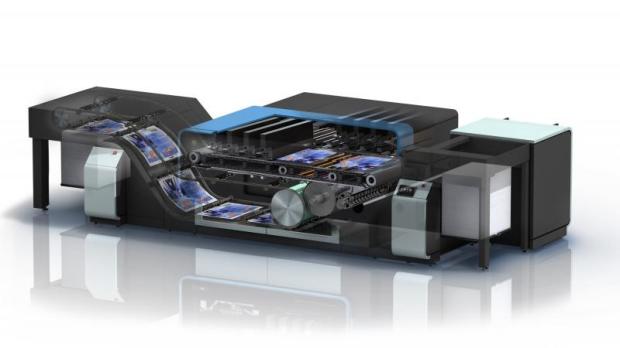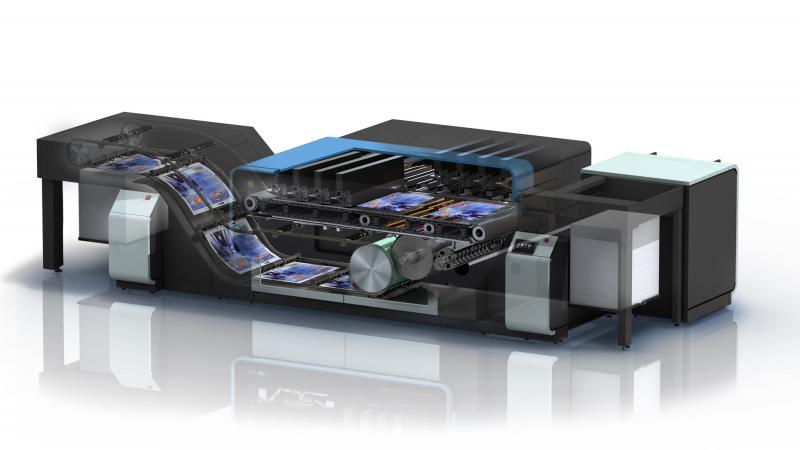Printing has come a long way in a short space of time. Years ago, black and white documents were the only available option. Although colour printing existed, this was expensive and a very large printer was required. Nanotechnology has changed the world in many ways, such as printing. There are many printing processes, which are inspired by nanotechnology, such as nanographic printing. So, what is it?

Nanographic Printing Explained
The Nano ink used in nanographic printing is reduced to a minute scale. The pigments in this type of ink can produce sharp text and absorb light. As they are very small, the formulation of the ink is superior in comparison to printers of yesteryear. A heated transfer blanket is ejected with ink very accurately. A thin layer of ink is then put onto the blanket without penetrating the paper.
As a lot of ink isn’t used, this reduces the chances of smudges happening, or pooling of the ink of the paper. Nanographic printing is able to assess the type of paper, which it is printing onto and adjustments are made accordingly so that the correct quantity of ink is used.
Benefits of nanographic printing
The printers which were largely used several years ago, such as inkjet printers, weren’t able to print an image or text very clearly. The ink used in nanographic printing is very pure and produces clear text. When an inkjet printer is used, it is very easy to smudge text. Even when clean text is printed, the edges are typically very blurry.
Nanographic printing can stop redefined edges so that they aren’t a problem anymore. The capillarity of the aqueous ink that was an issue in inkjet and other types of printers is not a problem in nanographic printing.
Nanographic printing is a very fast process, which can put text onto large documents. Digital printing can be chosen for a wide variety of materials. If a company wants to print onto plastic, such as a label or other forms of packaging, this is possible. If a company prefers to put labels on its products, such as after stock is loaded into a cardboard box, they can do so with nanographic printing.
The images that are printed onto cardboard, paper or labels are smudge-free. A company logo can even be on labels. As nanographic printing never causes smudges, a large, multi-coloured logo can be printed onto a label.
A water-based process, nanographic printing uses the same water that comes from a tap. As the cost of ink continues to rise, a company won’t have to buy as many ink cartridges as they have done in the past. In fact, a solitary ink cartridge can be used for printing a considerable number of documents and labels because a brand new one doesn’t have to be purchased for a longer time compare to current printing.
By choosing nanographic printing instead of traditional forms of printing, a company will benefit in a variety of ways. By investing in this technology, it will reap many dividends.

